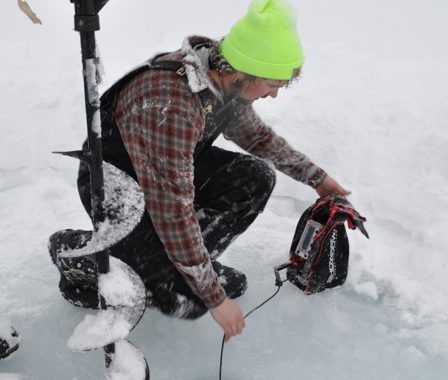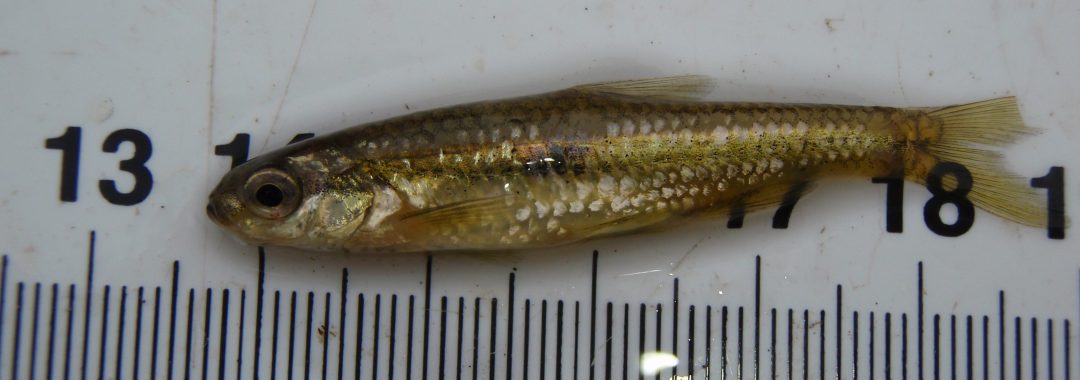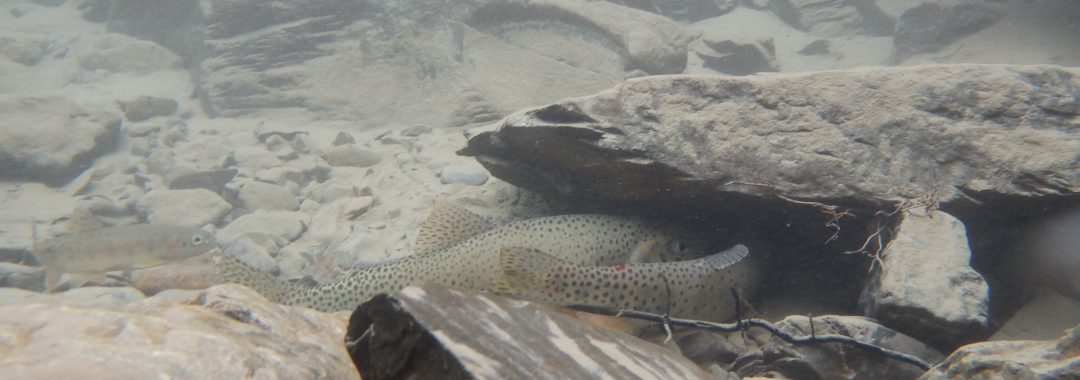Abstract:
The intentional introduction of native cold-water trout into high elevation fishless lakes has been considered as a tool for building resilience to climate change (i.e. “assisted colonization”). However, ecological impacts on recipient communities are understudied. Our purpose was to inform native trout recovery by assessing potential consequences of translocating a regionally-native trout (Westslope Cutthroat Trout, Oncorhynchus clarkii) into fishless mountain lakes. We compared littoral benthic invertebrate richness, diversity, community structure, and density between three groups of lakes (native trout, nonnative trout, and fishless) in the Canadian Rocky Mountains. While richness and diversity was conserved across all lake groups, other lines of evidence suggested introducing native Westslope Cutthroat Trout into fishless lakes can alter littoral benthic invertebrate communities in similar ways as nonnative Brook Trout (Salvelinus fontinalis). The community structure of Cutthroat Trout lakes resembled Brook Trout lakes in comparison to fishless lakes. For example, both trout lake groups contained lower density of free-swimming ameletid mayflies and a higher density of some burrowing taxa. Considering the alteration certain aquatic invertebrates can cause cascading trophic effects, we suggest risk assessments consider a broad range of taxa to mitigate risk of collateral damage from trout recovery actions.
Citation: Banting, A., Vinebrooke, R., Taylor, M., Carli, C. and M.S. Poesch. (2021) Impacts of a regionally-native predator on littoral macrobenthos in fishless mountain lakes: implications for assisted colonization. Conservation Science and Practice 3(2): e344.
Also Read:
*Lab members: Allison Banting and Mark Poesch. Check out opportunities in the lab!






